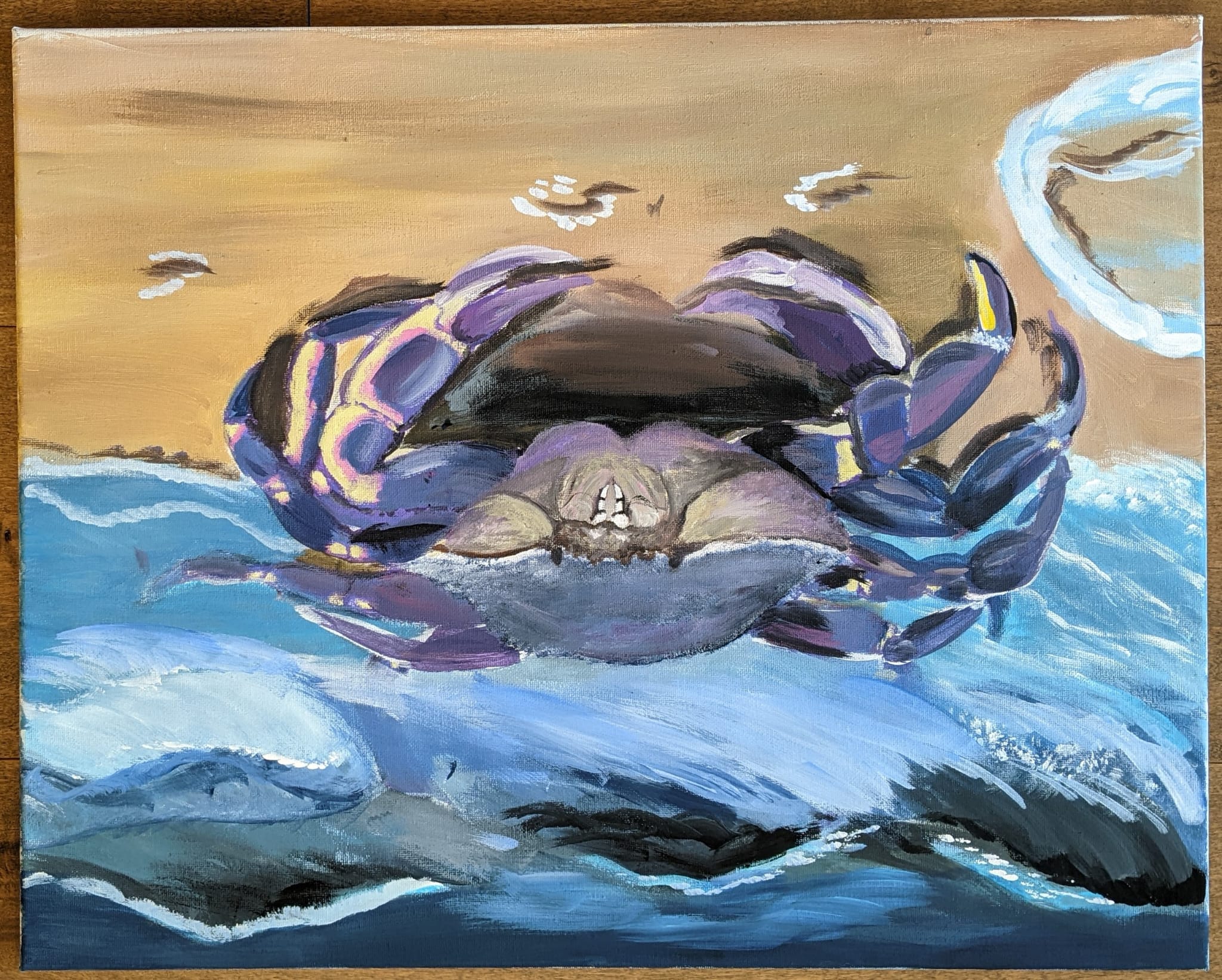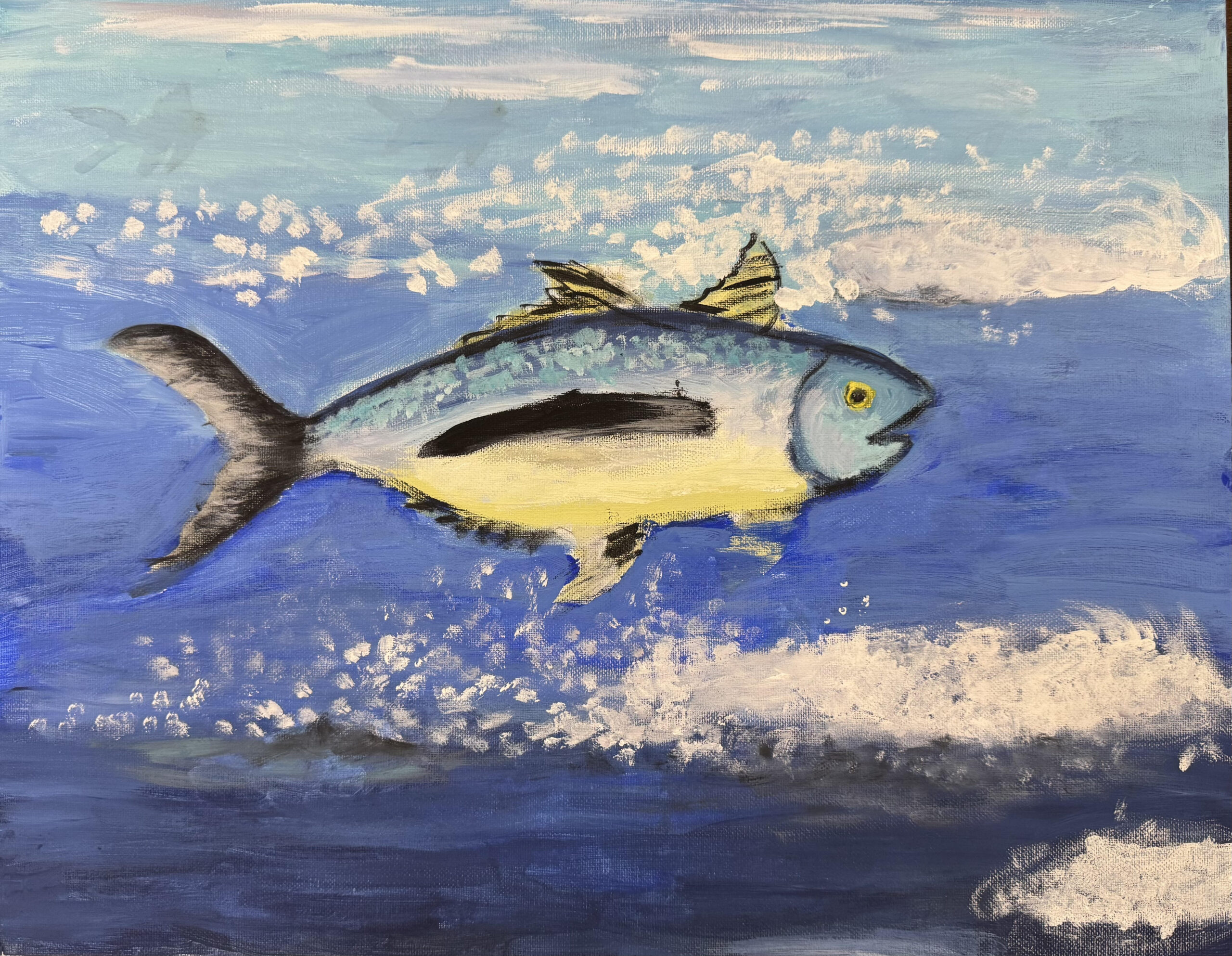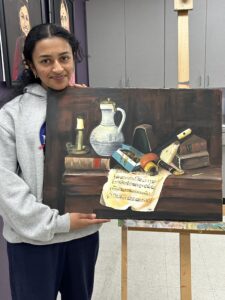
By Nishika Sharma, 7th Grade Pleasanton
Originating from Maharashtra, a style of tribal, or folk, art, Warli art, is believed to be one of the oldest art forms of history and comes from one of the largest tribes of India, the Warli tribe. The culture of Warli art is centered around the concept of Mother Nature and elements of nature are often depicted in Warli paintings. If you’ve seen Warli art, you may have noticed the intricate geometric patterns that make this art style unique. These patterns are used to depict human figure, house and daily work like hunting, dancing, sewing, etc. However, the regular theme of Warli art is marriage and the unique aspect of these kinds of paintings is that it does not depict mythological characters or images of god and goddesses but depicts social life. Warli art can be done on anything from walls to purses and many other accessories or vehicles.
Being of Indian American heritage, I have attended several Indian weddings and was always amazed by the colors and artistry used in these weddings.
A famous fairgrounds know as The Alameda County Fair has been held in Pleasanton, CA since 1912, and my art teacher, Mrs. Nidhi suggested that I participate in the fine arts contest in the fair and do a piece on folk art.
For this project, I looked at many reference images of different folk art scenes that Mrs. Nidhi showed to me, and the one depicting an Indian Wedding stood out to me the most because of the intricate dress patterns, the instruments, and all the other features in the piece. So, she told me to start with a rough draft and sketch the basic shapes such as circles, triangles, squares, etc. After getting basic shapes down the only thing left to do is add different geometric patterns on the dresses and different objects, like the palanquin and instruments, and then make it colorful. Since folk art is solely made of shapes, doing a rough sketch was simple, and I quickly moved on to the final draft where I traced everything with black, added some scenery, and washed the page with bright colors.
Once I was happy with how the scene stood out, I showed it to Mrs. Nidhi and she told me I can submit it to the Alamenda County Fair. I submitted the work to compete in the Youth still exhibits category (paintings and drawings).
Later, when the date came, I visited the fair with my family, had some fun, and made my way to the exhibit hall where I saw my art work displayed, and I was thrilled to see that I was awarded first place in the 9-11 year category. After going through this experience, I knew I wanted to continue submitting my art in this contest for years to come.














